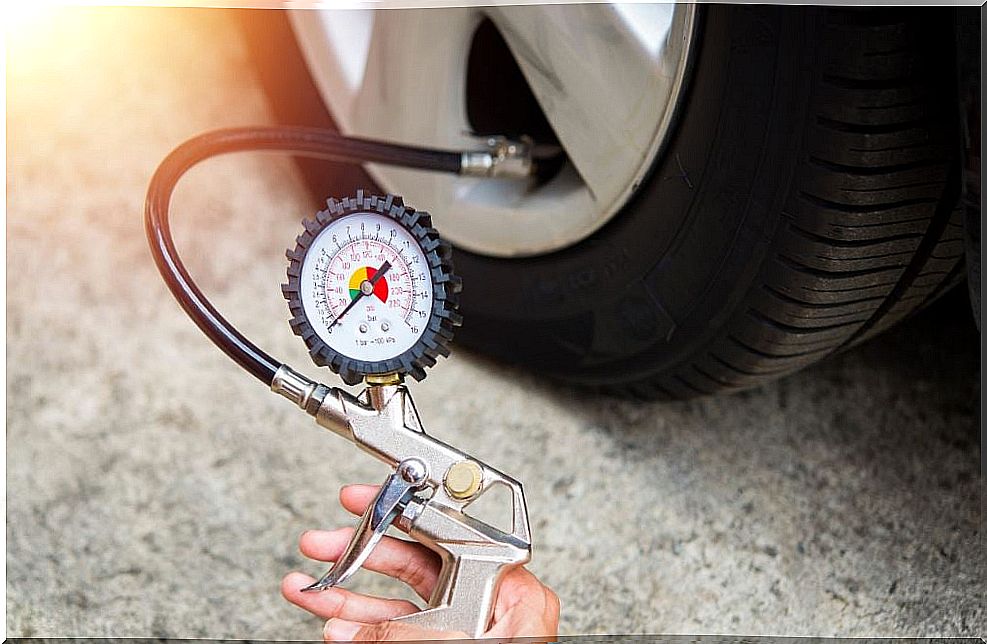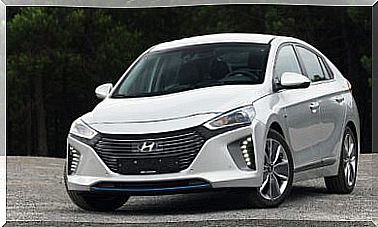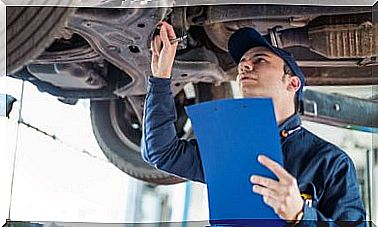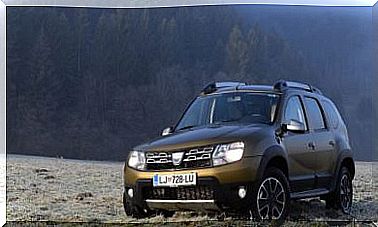What Is The Correct Tire Pressure?

Something we should all keep in mind , is to get around by car involves certain dangers. Advice on how expensive car maintenance can be are frequent, but there are very basic safety elements, with little cost and that, on the contrary, can save us a lot of money . The wheels are one of them, and to reduce risks and avoid unnecessary expenses, we must know what the correct tire pressure is.
The car manual: the first place to look for the answer to this question
The number of mishaps (minor or serious) that can be avoided if all car owners reviewed the operation manual of their cars would be important. The keys for the correct maintenance of these machines, essential in the daily lives of many people, are there. Also the instructions to keep the vehicle under the highest safety standards.
The correct tire pressure
There is no magic number when it comes to ideal tire pressure. This variation is given by factors such as the size of the wheels, as well as the characteristics of the car. Other elements such as the number of passengers or the volume of cargo transported also influence .

Rules to follow
Tires should be thoroughly examined at least once every 30 days, checking not only those that are working on each of the vehicle’s axles, but also the spare or replacement wheel. Let’s not forget that many years without using the spare wheel does not mean that the need may not arise, at any time.
The pressure is measured “cold”, that is, when the tires have been resting for more than an hour or have not had displacements greater than 5 kilometers. This is because the air contained within expands as a result of the turns.
If there is a need to measure the pressure “hot”, a slightly higher pressure should be applied (approximately 0-3 additional bars), to compensate for the difference. Similarly. It is recommended in these cases to recheck the tires after they have come to rest, as well as to remove excess air, if any.
Risks and consequences of rolling with tires with inadequate pressure
- Cars that move on tires with low air pressure require more space to reduce speed, since braking is lengthened.
- The vehicle loses stability and grip. On wet pavements, the risks of landslides will be high.
- The chances of suffering punctures also increase, which implies a serious safety failure if it occurs with the vehicle in motion.
- The engine must work harder to move a body that is traveling on airless wheels, resulting in increased fuel consumption.
- Too much air pressure also carries risks, in addition to shortening the life of the tire.
Automatic tire air pressure systems
According to European Union regulations, all new vehicles must incorporate these systems as standard. The idea of the authorities is to reduce as much as possible the automobile accidents derived from the malfunction of the tires.

There are two different types of controllers:
- Passives: they use the sensors included in mechanisms such as stability controls. When a tire loses pressure, it reduces its diameter, causing the affected wheel to rotate faster. When the system notices this anomaly, the driver is informed through a warning light on the instrument panel.
This variant has some limitations. The loss of air must be significant, since the system is unable to detect small variations. On the other hand, once warned, the driver must check each tire, since the signal indicates the existence of the fault, without specifying which of them is affected.
- Active: its operation depends on independent sensors that interact directly with each of the valves. If the pressure drops below a previously set value, the alarm signal is generated.
While active systems are much more expensive, their benefits are significant. Unlike passive models, each tire is under supervision at all times (including the spare wheel), even with the car stopped. Additionally, the driver knows, thanks to the information displayed on the instrument panel, the exact location of the anomaly.
Knowing and checking the correct tire pressure for our vehicle can save us scares and a lot of money without great effort, so it should be one of our basic maintenance routines.








